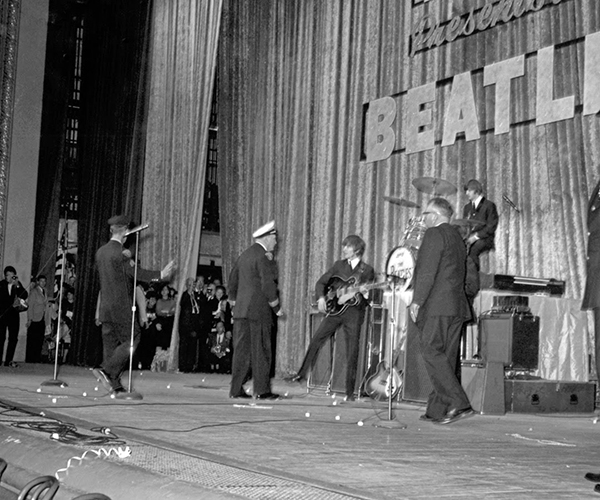bal masque
Sane people were not welcome. Perennial ticket chopper Maurice Cornell made sure of that. Instead, she granted permission to only fairies and goblins who "knew no law save that of frolic" with spacey costumes made of oilcloth, wires and cardboard. Rubberneckers at the Hotel Cleveland described the costume ball guests as "a strange troupe of revelers dressed in fashion of all the known tribes of the earth, and some believed to have only existed on Mars, if at all," one newspaper reported. Hosted by the Kokoon Arts Club, an organization of risque avant-garde artists, the debauched event began with a big reveal: a butterfly — really a dancer — who emerged from a cocoon in the middle of the ballroom. Nude female dancers shimmied amid wall-length murals and cloth-covered chandeliers that cast the room in kaleidoscopic color. In 1922, the Rev. Joseph Schrembs, bishop of Cleveland, denounced the event's "moral defects" and "immoral excesses" at the same time Mayor Frederick Kohler was in attendance — inspiring the mayor to cancel the following year's event. The party raged until its final act in 1946 when the Depression weighed heavily on the organization's coffers.



